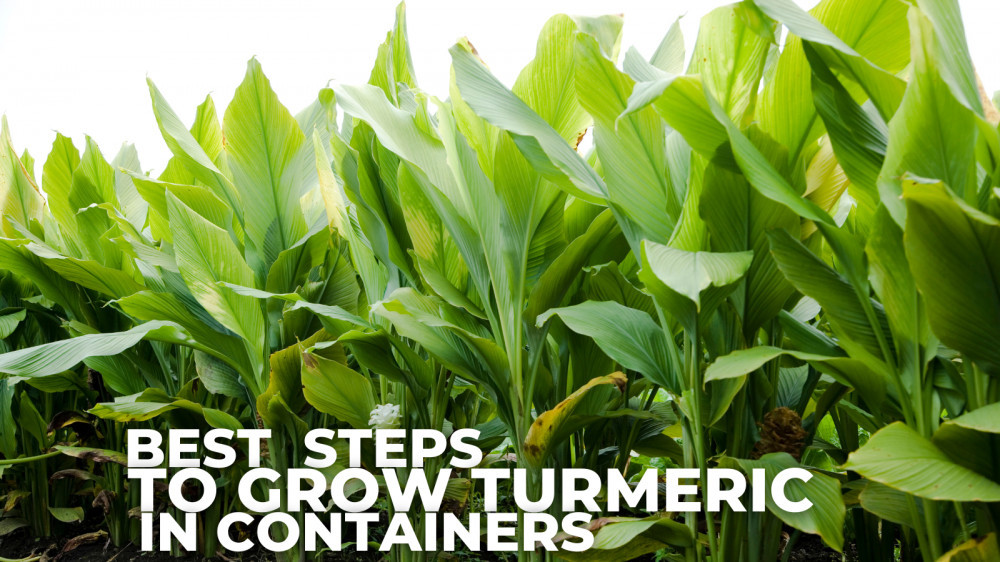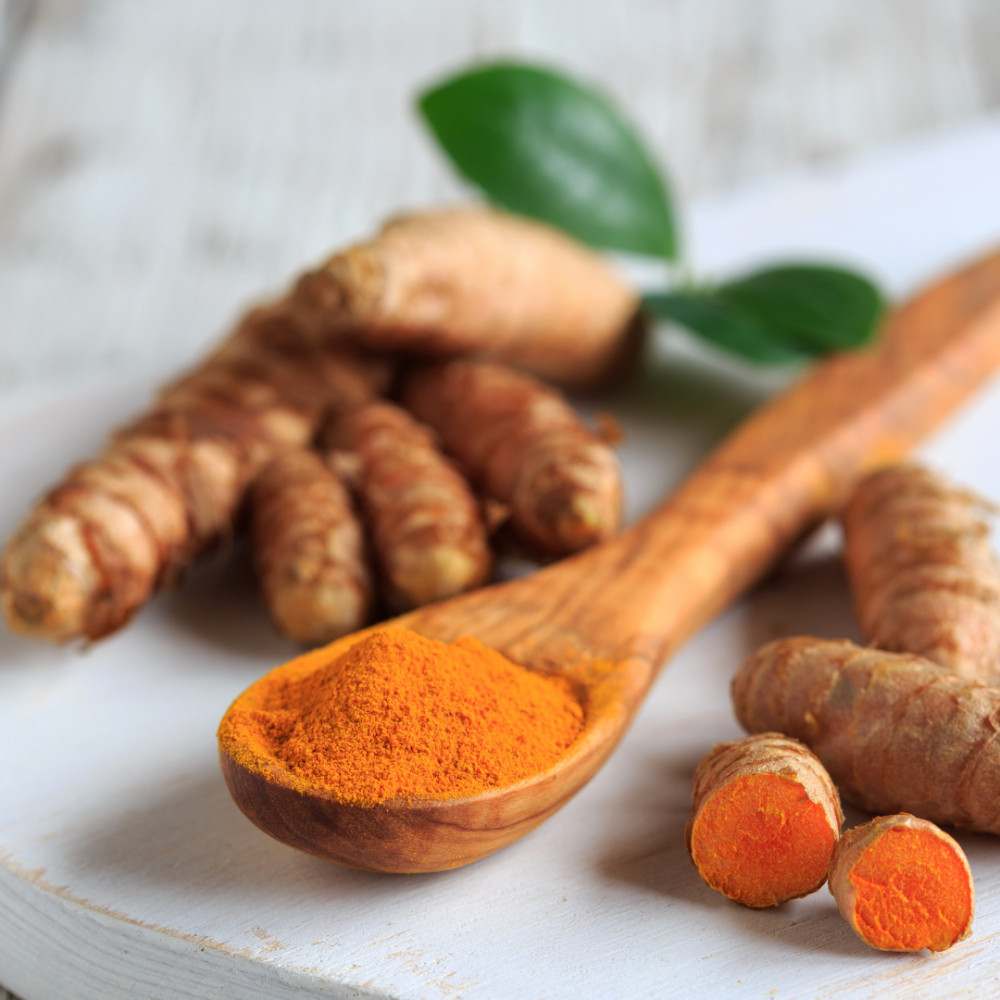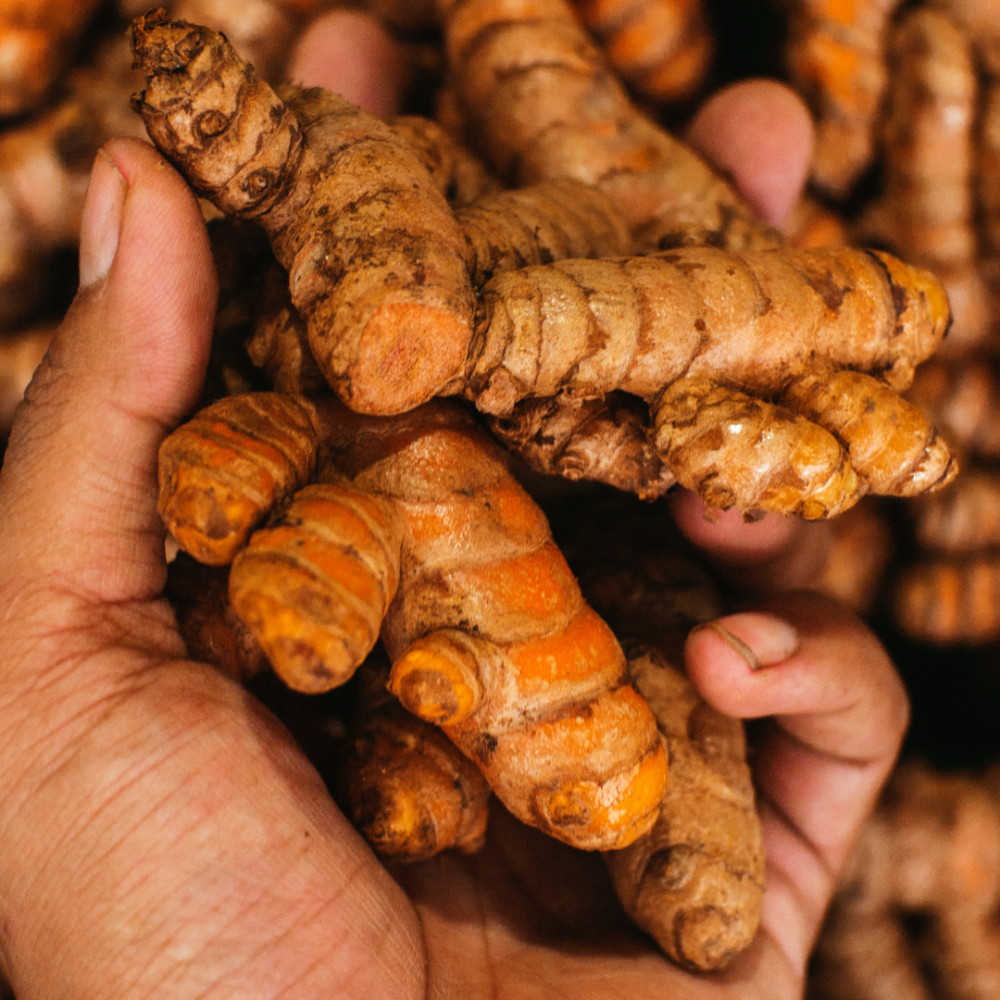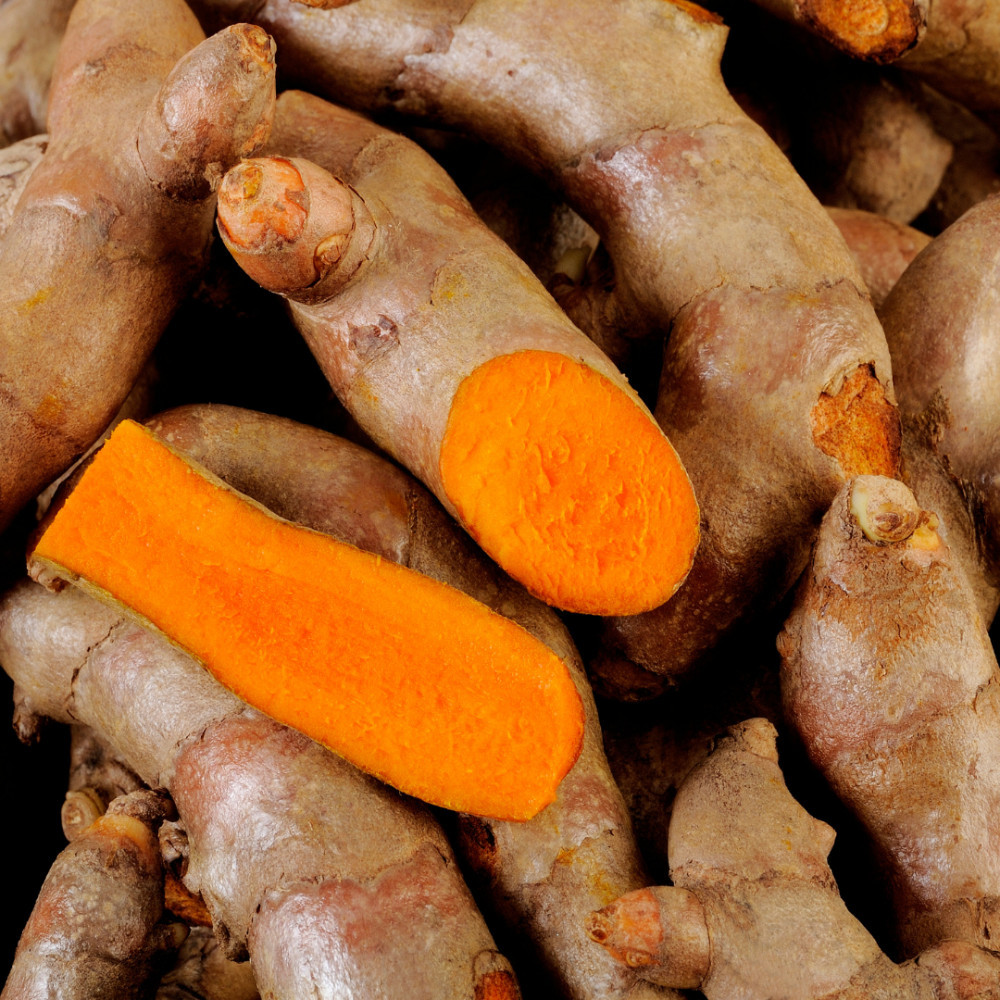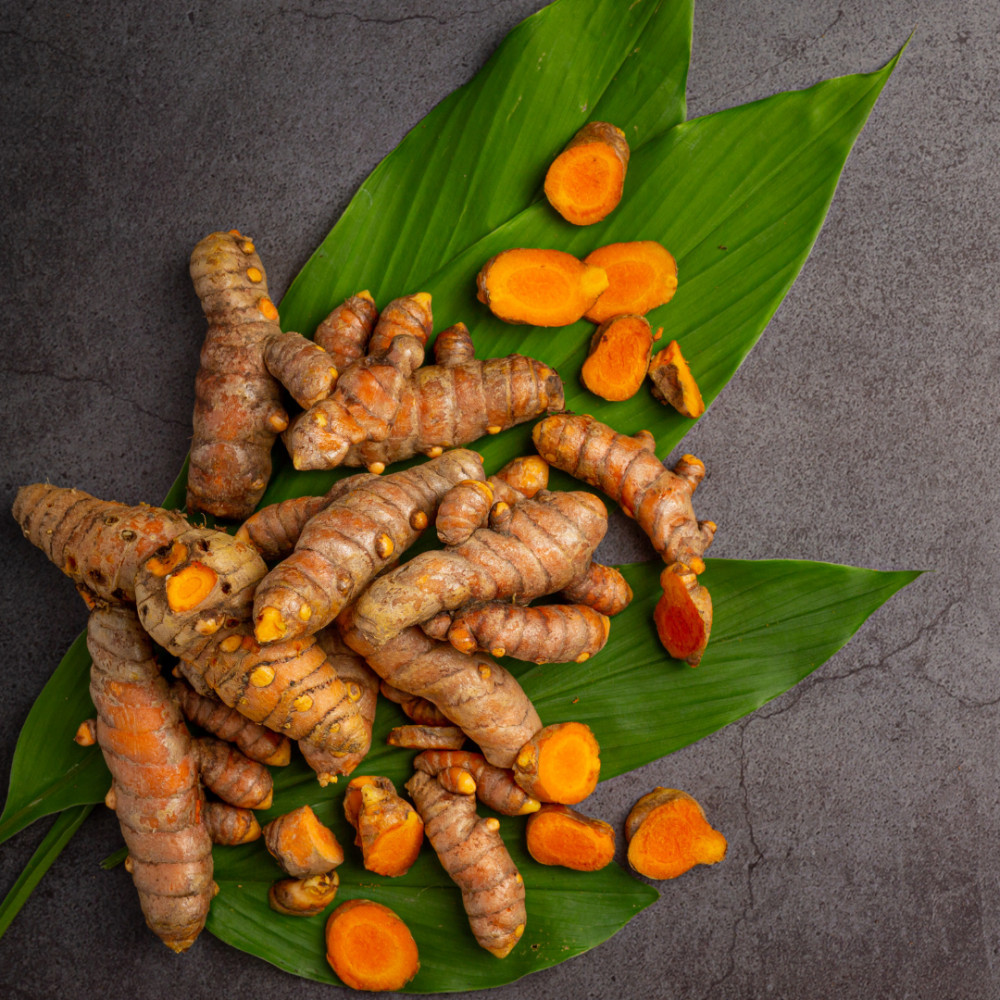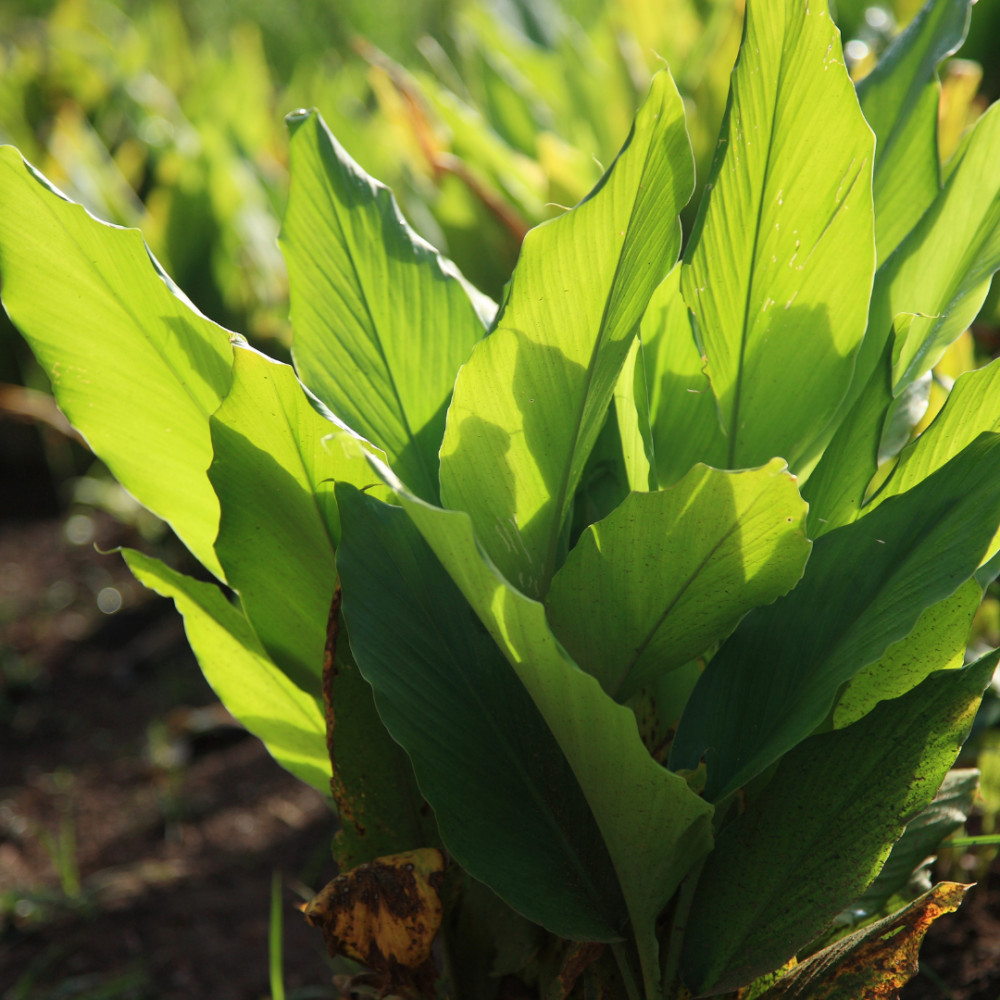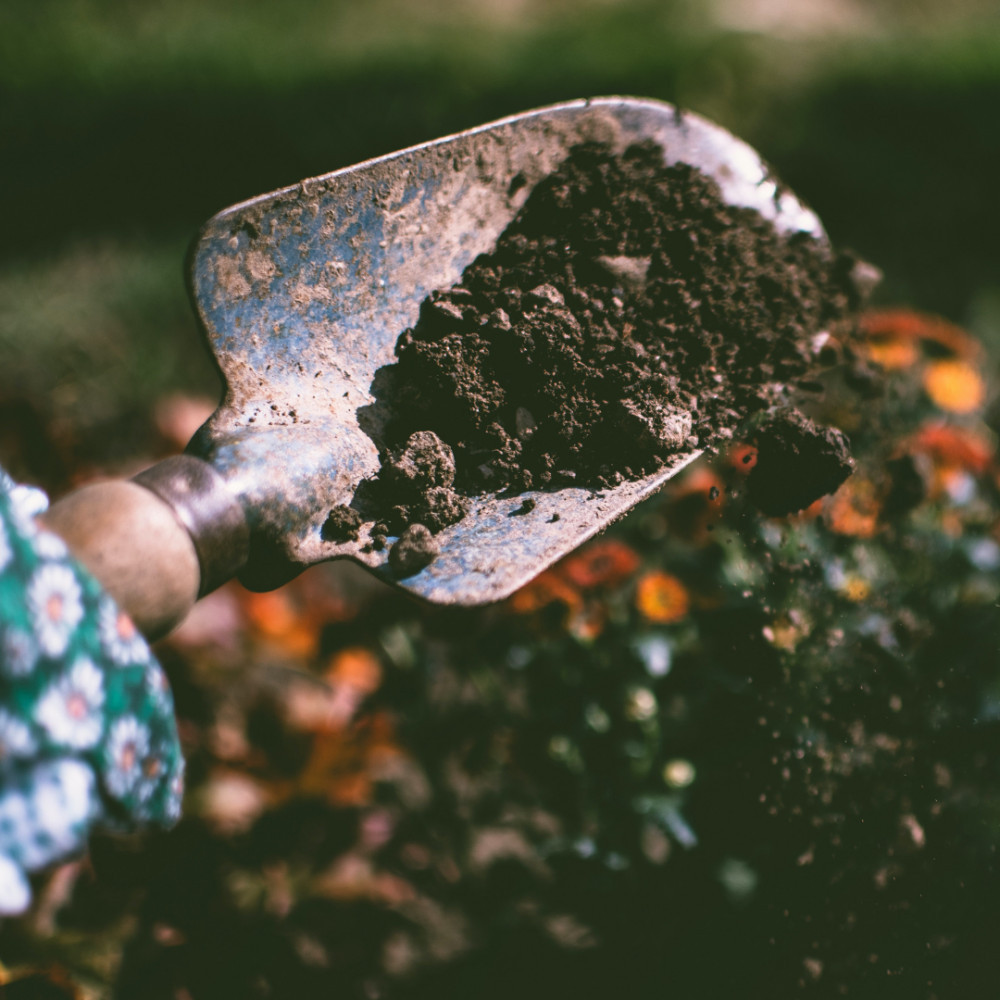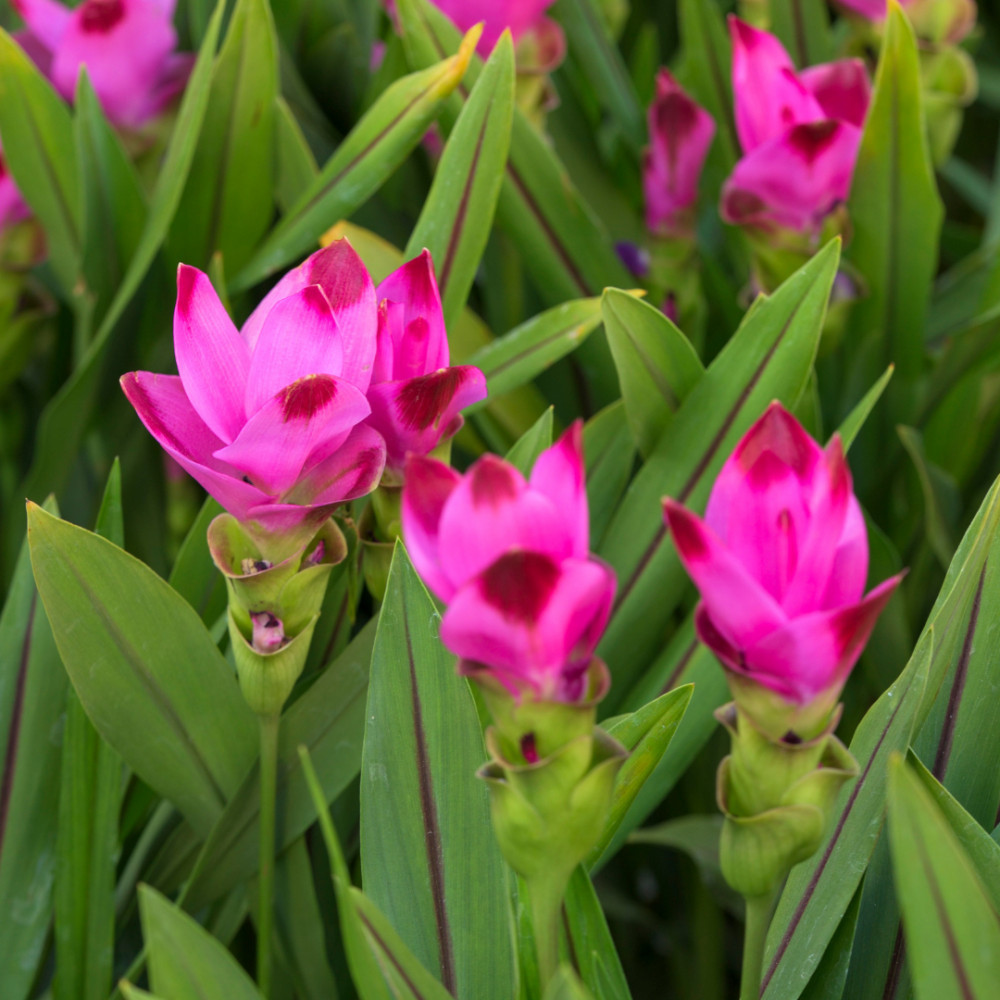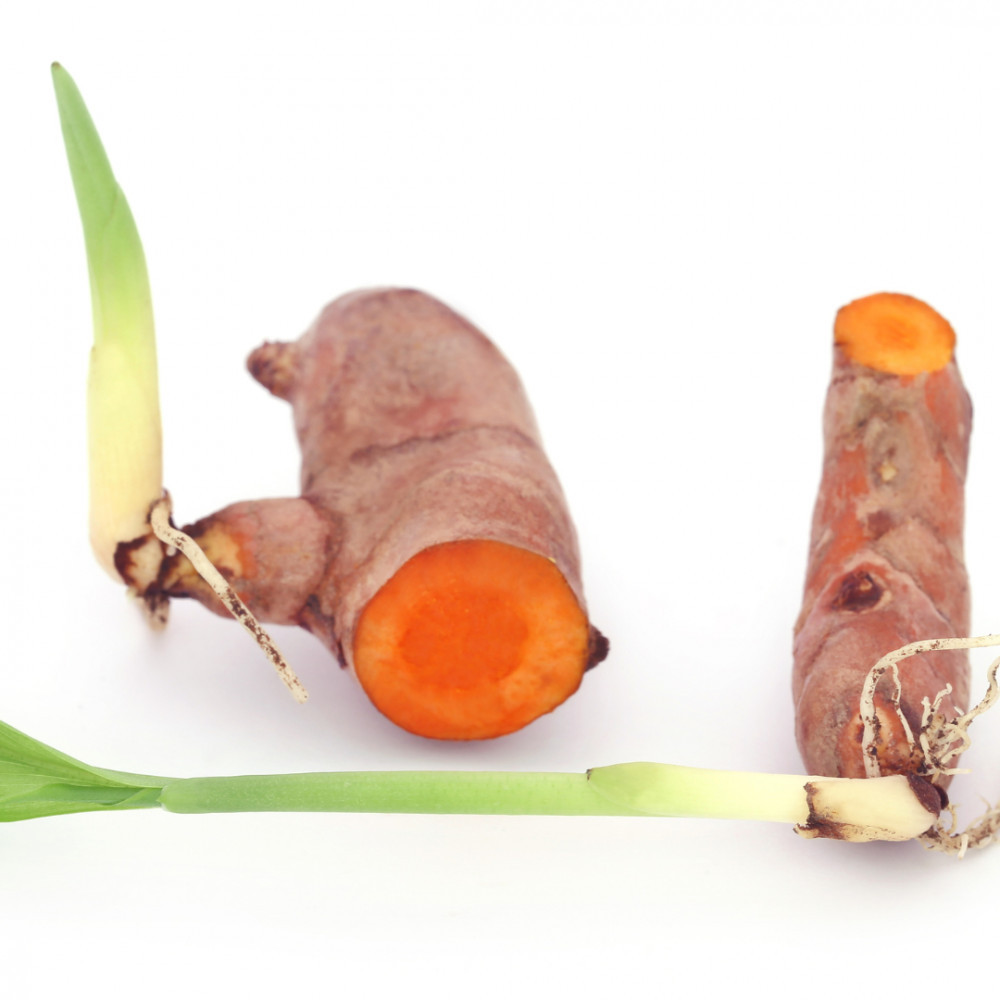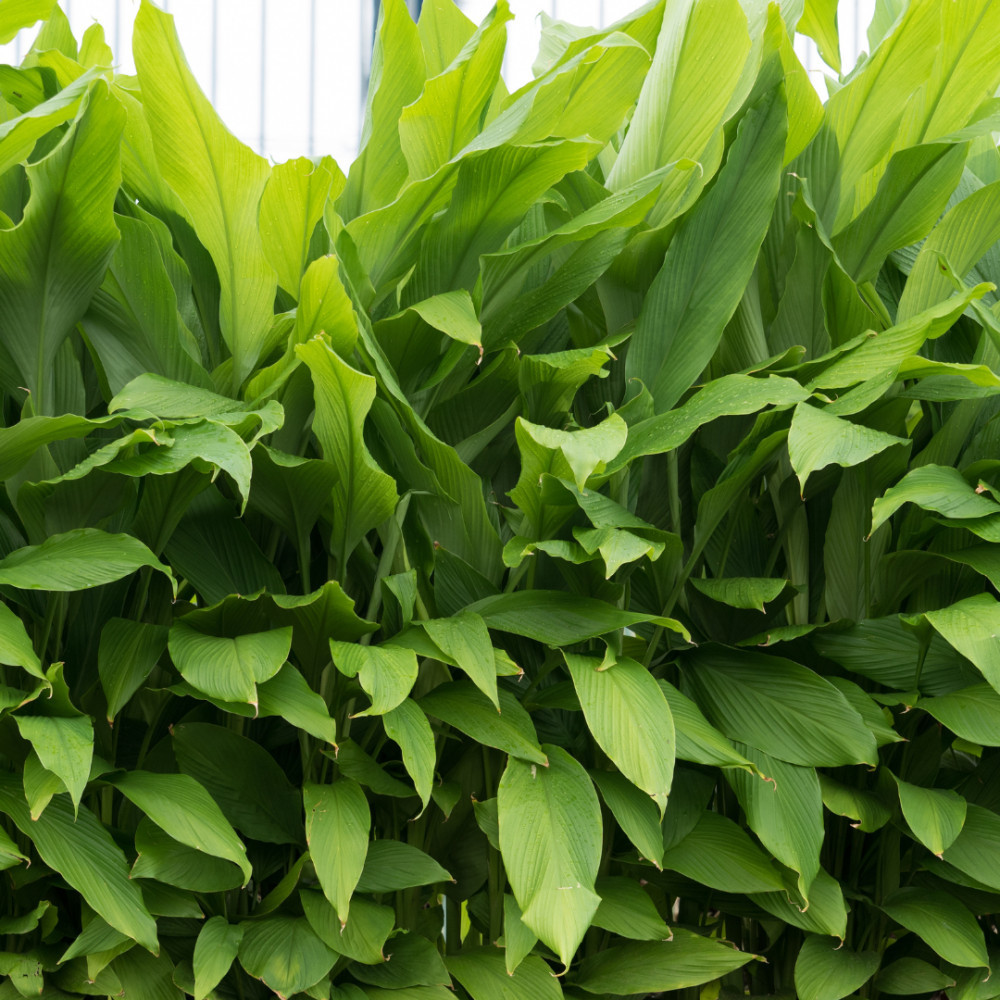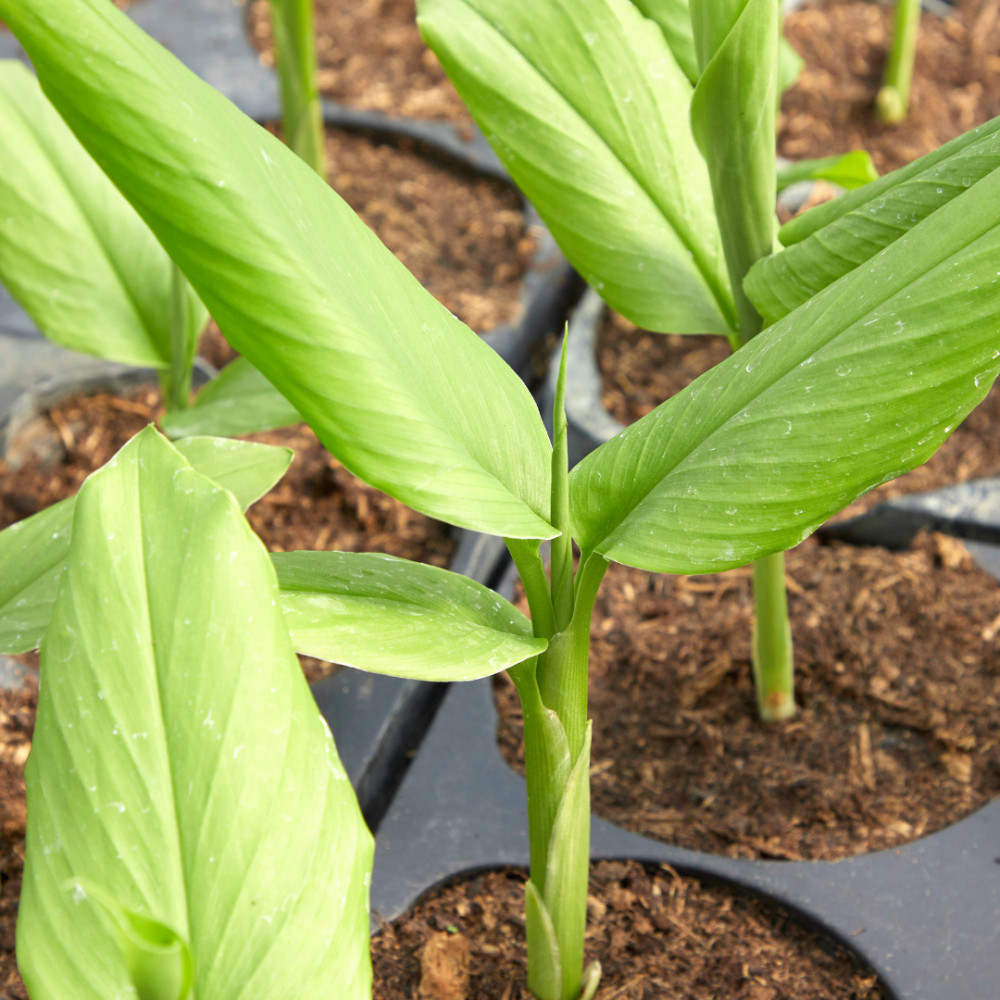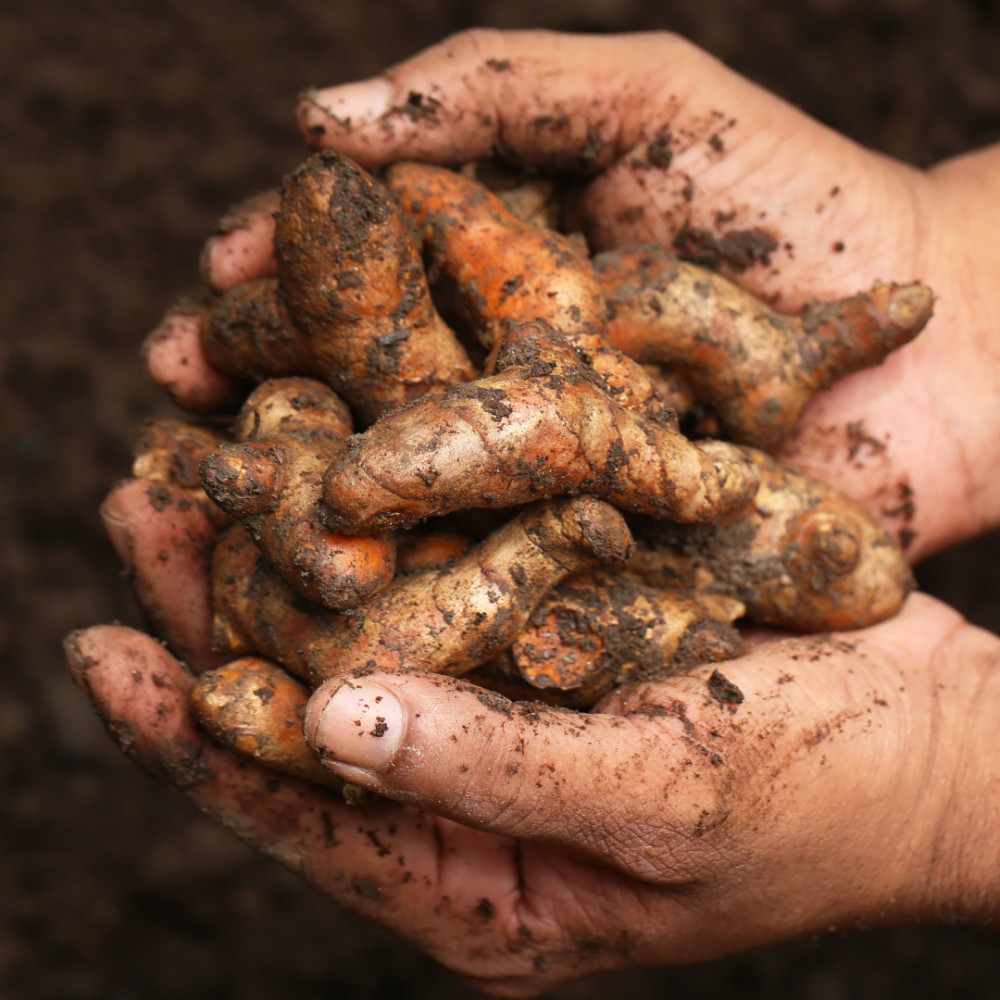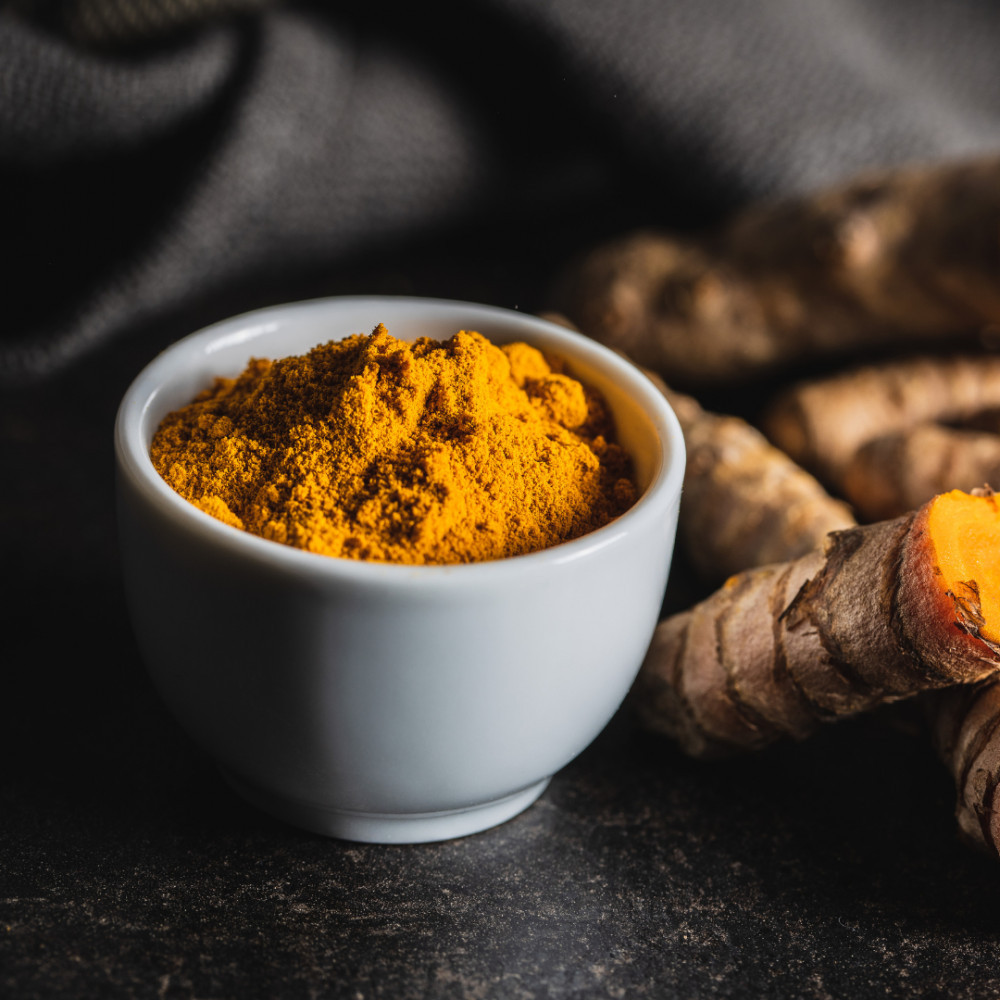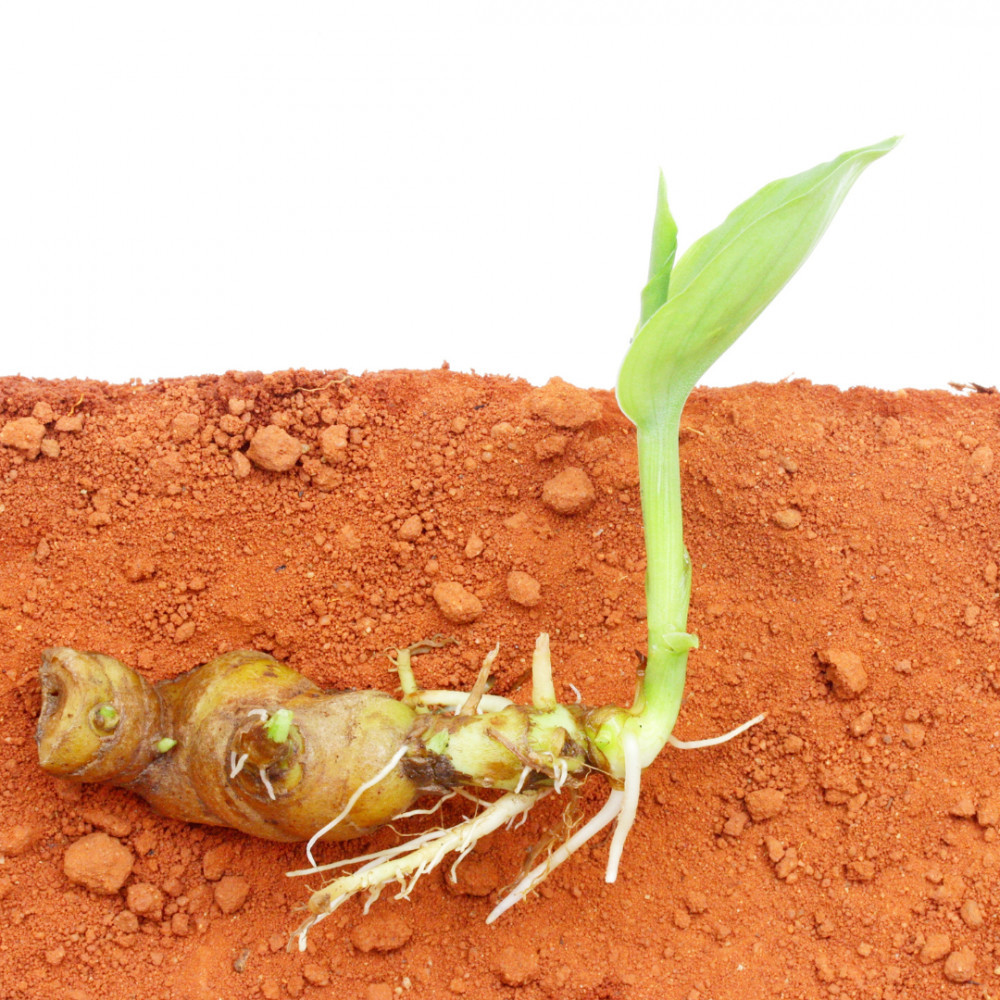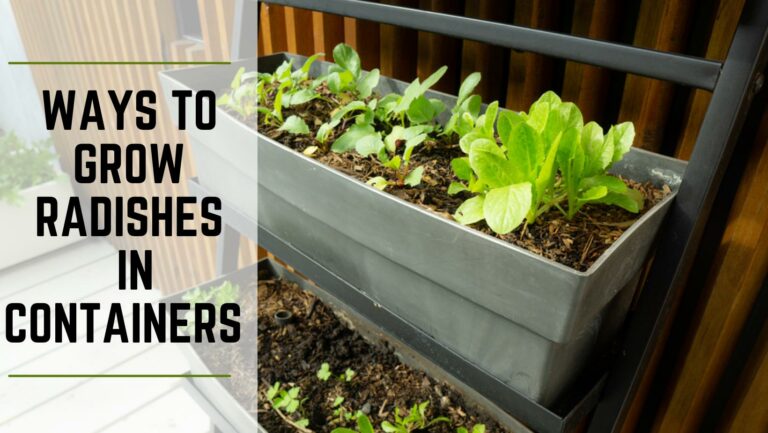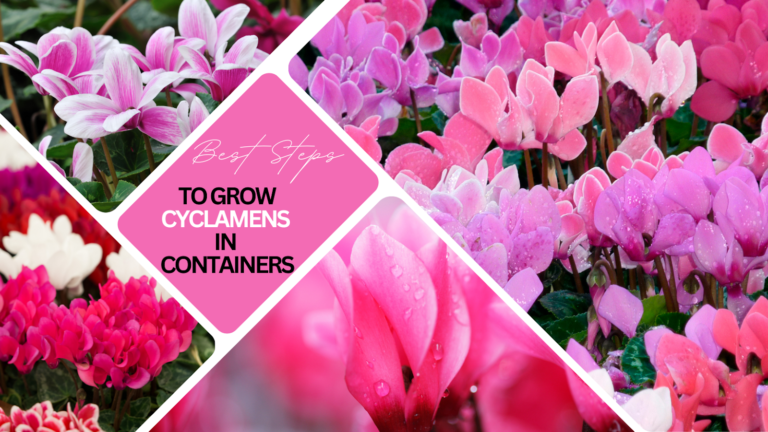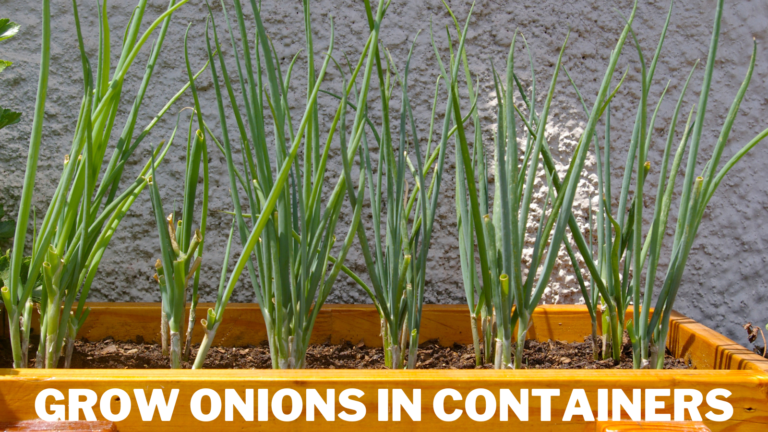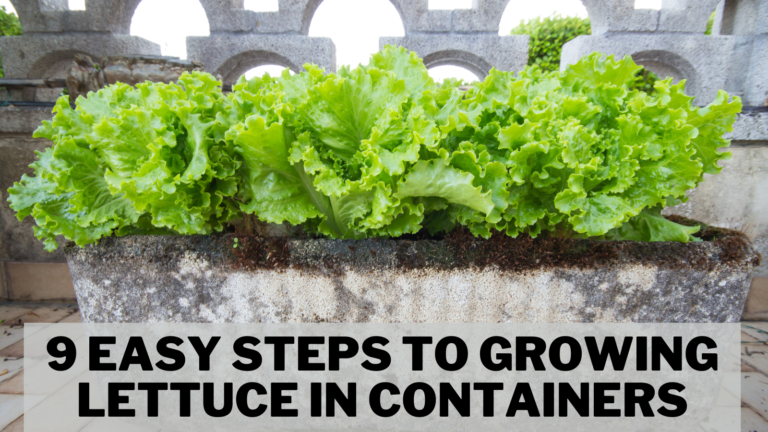Best Steps To Grow Turmeric In Containers
Best Steps To Grow Turmeric In Containers
Turmeric. One of those mysterious and exotic crops that so many gardeners yearn for.
Most people know turmeric as a golden, healthful ground spice in curry, but they have no idea how the plant grows or even what it looks like!
Turmeric is not particularly difficult to grow, even though it is unique! In most climates, turmeric can be grown successfully with a few modifications.
This article will share some easy steps to help you grow turmeric in containers perfectly.
History Of Turmeric
Its most distinctive feature is the bright yellow-orange colour that turmeric gives to curry. Asia has been using turmeric for thousands of years.
By 800 AD, much of Asia, including China and much of Africa, had adopted the cultivation and trade of turmeric, according to history.
By the 18th century, turmeric had spread to Jamaica and other tropical nations due to its rising popularity. These days, Costa Rica and Hawaii are also home to it.
Before its widespread use as a food spice, it was also employed as a medicine and a natural dye for skin and clothing. Due to its rich deep yellow-orange hue, turmeric is frequently called “Indian saffron.”
Due to its similar colour and lower cost compared to saffron, it is occasionally used in place of that spice.
Many people view turmeric as a super spice because of its potent anti-inflammatory properties and high antioxidant content.
Types Of Turmeric
1. Lakadong
The Lakadong turmeric, regarded as the best turmeric in the world, is a monster of spice when it comes to superiority, largely because of its high curcumin levels.
The stunning hillocks of Lakadong village are where you can find this amazing spice.
This type of turmeric is renowned for having a staggering 7–12 percent curcumin content. A typical turmeric variety's curcumin content ranges from 2 to 3 percent to as high as 5 percent.
To cultivate this unique turmeric variety, farmers use sustainable farming methods and let it grow naturally without using any chemical fertilizers.
2. Erode
After battling for it for eight years, this turmeric variety finally received a GI tag in 2019. It boasts a curcumin content of between 2 and 4 percent. It is a local cultivar from Erode and is bright yellow.
3. Alleppey
This turmeric is grown in Alleppey, Kerela, a far south of India. This variety of turmeric is found in Kerela, a region well-known for its backwaters and scenic beauty.
It has an average curcumin percentage of 5%, making it reasonably advantageous as a colouring agent and a source of medicine.
4. Madras
Another turmeric that grows in South India is the Madras variety. This turmeric is the type that is most frequently found in supermarkets. It is pale yellow and contains an average of 3.5 percent curcumin.
5. Sangli
This turmeric is another modern GI Tag product from Maharashtra. Nearly 70% of the state's total turmeric production comes from it, which is reputed to have excellent medicinal qualities.
Health Benefits Of Turmeric
The following health advantages of turmeric spice, which is simple to include in smoothies and curries, are promising.
1. Help For Diabetics
Curcumin may be helpful in the prevention or treatment of type 2 diabetes because it can help fight inflammation and maintain stable blood sugar levels.
One study, which included 240 prediabetic adults, discovered that taking a curcumin supplement for nine months reduced the likelihood of developing diabetes.
There is still much to learn, but most of the research has focused on animals rather than humans.
2. Reduces Depression
Numerous ingredients in turmeric may benefit your health. Curcumin is the most well-known of these.
Scientists are excited by curcumin's potential to lessen depression and increase the effectiveness of antidepressants. But so far, research results have been contradictory.
3. Reduces Viral Infections
The next time you feel under the weather, consider sipping turmeric tea. Curcumin may help you fight off viruses like the flu and herpes, to name just two.
(However, most of this research was done in a lab, not on actual people.) Because turmeric only contains about 3% curcumin and your body has trouble absorbing it, a casual cup of tea won't be a cure-all.
4. Irritable Bowel Syndrome
Early research, including a pilot study involving 207 adults and another using rats, suggests turmeric may help reduce IBS symptoms like abdominal pain.
More research is required, just like with many topics we've already covered. Turmeric is also being researched as a potential treatment for conditions like Crohn's and ulcerative colitis.
5. Arthritis
It has been shown that turmeric can lessen joint pain, stiffness, and inflammation. More research is needed before turmeric is widely used as a treatment for arthritis.
Eat turmeric with black pepper to help your body absorb natural curcumin if you decide to try it for joint pain.
6. Good For Acne
Some assert that applying a turmeric face mask to their skin or consuming turmeric will help them eliminate persistent zits.
This claim may be supported by turmeric's alleged antibacterial and anti-inflammatory properties. Sadly, there isn't any solid scientific evidence to support this.
7. Improves Memory
Another study found that taking 90 milligrams of curcumin twice daily for 18 months helped adults without dementia perform better in terms of memory.
Researchers believed that curcumin's antioxidant properties and decreased brain inflammation caused a decline in neurocognition—the capacity to reason and think—to be less pronounced.
Curcumin may also play a role in delaying the onset of Alzheimer's disease, but more research is needed in this area.
8. Prevents Cancer
Studies have demonstrated turmeric's ability to, among other things, increase the effectiveness of detoxifying enzymes and slow the growth of tumour cells.
However, these studies cannot provide information about the effects of turmeric consumption on the human body.
Additionally, there's a chance that some chemotherapy drugs and turmeric might not mix well.
9. Removes Headaches
It should be no surprise that turmeric is suggested as a headache treatment, especially for migraines, given that its relative ginger is a well-known natural remedy.
Despite online praise, there isn't much proof that turmeric can treat or prevent headaches, though one study does suggest it might be a part of a novel strategy.
Grow Turmeric In Containers
Time To Plant Turmeric
Harvesting turmeric takes seven to ten months from planting. Count back 10 months from when you typically experience your first fall frost to determine when to plant.
I would plant my turmeric between mid-December and mid-March since my first frost occurs around mid-October.
Planting in late winter to early spring is likely to yield the best results, even if your growing season is longer or you have a large, sunny indoor space to grow it in.
Source Rhizomes
Rhizomes, which resemble fleshy roots, are used to grow turmeric. Fresh rhizomes are available during winter at my neighbourhood supermarket and health food store.
Additionally, Asian or Indian markets may carry it or be able to order some for you.
Climate And Temperature For Turmeric Plants
Native to India, turmeric is a tropical plant. As a result, it thrives best in conditions with plenty of sun, moderately warm temperatures, and consistent access to water.
These circumstances can be found in numerous locations—during the summer!
The highly long growing season of turmeric is one of its most challenging aspects. From planting to harvest, turmeric needs 8 to 10 months of frost-free growth.
Typically, it is planted in the winter and harvested in the fall or early winter.
In USDA zones 8 and higher, turmeric can be grown outside all year, either in the ground or in containers.
We prefer to grow ours in several wine barrels because it's simple to regulate the soil's quality and moisture content.
It is still possible to grow turmeric in zones 7 and lower! It must be planted inside a portable container and moved outside as soon as the weather warms. It will require plenty of light or sun if it sprouts while still inside.
Containers For Turmeric Plants
Don't skimp on size when looking for the ideal container to grow turmeric in! Get something as big as you can without it becoming cumbersome. Or, prepare to have several smaller pots.
Though it doesn't require intense soil, turmeric does. The depth is adequate at 10 to 12 inches.
If you want to harvest a respectable amount of turmeric, width and surface area are most important!
You must leave several inches of space between the rhizome seeds you plant for healthy germination. As a result, planting space will be limited by narrow containers.
Like all plants, turmeric needs a container with good drainage if it is to thrive. Hence, the selected pot must be pierced!
Soil To Grow Turmeric In Containers
Turmeric grows best in loose, well-draining soil, devoid of large rocks or clumps and moderately rich in organic matter.
These characteristics are probably present in raised garden beds, making them a great option.
It might be necessary to work the native ground soil, loosen it to a depth of at least a foot, and amend the area with aged compost.
Or, if you're customizing a brand-new container just for turmeric, you can fill it with the appropriate ingredients immediately!
Most bagged potting mixes are already slightly acidic, which is what turmeric prefers.
Combine roughly 70–80% organic potting soil (or a comparable raised bed/container soil blend) with 20–30% well-balanced compost for a container.
Never use newly dug animal manure! It is excessively “hot” and nitrogen-rich. Pick something that has reached its proper age.
Water And Humidity
When starting turmeric rhizomes, give them plenty of water but don't let them get too wet or they'll start to rot.
The ground ought to feel moist but not squishy. It's essential to find a location with good drainage.
Consistent watering can be achieved using a slow drip or soaker hose, especially if one is on a hose timer.
Keep the same moist but not soggy conditions after the turmeric plant has sprouted. More water will be required to maintain these conditions because it might be warmer later in the season.
Reduce watering for a week or two as the harvest approaches. It is more likely that the rhizomes will remain whole if you remove them from drier soil.
Propagation
Rhizomes are typically the only practical way to grow turmeric. It doesn't produce useful seeds, unlike many other plants, and instead grows primarily through the expansion of its roots.
Don't consume all of your turmeric roots after harvest. If you discovered your turmeric to be a variety that thrived and was to your liking, keep some for planting the following year. Until planting time, keep planting stock in a cool, dark location.
Pruning
The outer turmeric leaves may have started to turn brown. If it's still early in the growing season, this might mean your turmeric needs shade because it's getting too much sun. Remove browning leaves to give new growth energy.
You're almost at harvest time if this happens toward the end of the growing season, after about 10 months of growth. To prepare for harvest, leave the leaves alone and cut back on the water.
Transplant Turmeric Plants
Plants should be carefully transplanted into larger pots (either the final ones or an intermediate size) full of potting soil when they are 6 to 8 inches tall.
Once you reach 70°F, reduce the heat mat's setting by several degrees each week. As long as the temperature inside is generally around 68°F, you can now take the heat mat off.
If not, keep using the heat mat. When plants in intermediate-sized pots become top-heavy or begin to send up more shoots, they are ready to move into their final pots or planters.
Harvesting Turmeric
Your turmeric is prepared for harvesting seven to ten months after planting when the leaves and stems turn brown and dry.
Shake the soil off your fresh turmeric and tip out the plants with all of their ground. Rhizomes should be thoroughly washed after the stems are cut off about an inch above their mass.
Storing Turmeric
Like ginger root, turmeric root can be stored by washing it to remove any dirt, letting it dry, then wrapping it in a dry paper towel, placing it in a plastic zip-lock bag, and squeezing out all the air.
Place the tightly closed bag in the refrigerator's vegetable crisper. This will keep it going for one to two weeks.
Turmeric root can be frozen to keep for longer periods of time. Wash it to get rid of dirt, let it dry, then put it in freezer bags, squeeze out as much air as possible, and tie the bag shut.
When needed for cooking, frozen turmeric root can be grated with a fine grater like a Microplane grater (apparently, it's much easier this way).
It doesn't need to be thawed or peeled. Remember that it turns everything a lovely shade of yellow, so wear gloves!
Fertilizing Turmeric
Since turmeric requires a lot of food, you should start with a soil mixture high in organic matter and compost. Once the turmeric is actively growing, feed it periodically throughout the season.
Worm castings, organic liquid fertilizer, organic fertilizer in the form of granules, or compost tea are all suitable options. Top off your growing container with high-quality compost if you notice it is losing volume.
Pests, Diseases And Problems Of Turmeric
- With a container, you can start with fresh, high-quality potting soil that won't introduce rhizome-damaging lesion nematodes, burrowing nematodes, shoot borers, or root-knot nematodes. To avoid these pests when growing in-ground or in raised beds, it is necessary to rotate the crops grown each season.
- If your plants are weak, pests like aphids or spider mites may find them to be an easy target. Ensure the leaves are not too dry and the watering conditions are appropriate. Ample nutrient levels and frequent fertilization are required. Put all your efforts into fixing the issues weakening your turmeric plants. Use insecticidal soap, neem oil, or a strong hose spray to eliminate aphids or spider mites. Pyrethrin sprays are very effective at reducing the population during large outbreaks.
- Poor drainage and excessive watering will result in rotting and fungal diseases. Ensure that the soil is permeable to water.
- Examine the soil a few inches down. It should be moist but not drenched. Change your watering schedule to keep the proper level.
- When using timers to water, be especially careful to give plants enough water frequently to keep them moist but not for too long to result in soggy conditions.
- Root rot brought on by pythium can slightly affect turmeric. It's crucial to ensure the soil is moist but not drenched. A microbial bio fungicide may be added; this is advantageous.
Conclusion
Golden in colour, it has a warm, bitter flavour and a faint mustard aroma, but unlike anything else, it is turmeric. Due to its yellow hue, it is also referred to as Indian and Bangladeshi saffron.
I trust you enjoyed this article on the Best Steps To Grow Turmeric In Containers. Please stay tuned for more blog posts to come shortly. Take care!
JeannetteZ
>>>Please click here to read my all-inclusive article about Container Gardening<<<
>>>Are you interested in homegrown herbs and medicine? Please click here to find out more about it!<<<
Your Opinion Is Important To Me
Thoughts? Ideas? Questions? I would love to hear from you. Please leave me your questions, experience, and remarks about this article on the Best Steps To Grow Turmeric In Containers in the comments section below. You can also reach me by email at Jeannette@Close-To-Nature.org.
Disclosure
This post may contain affiliate links. As an Amazon Associate and other affiliate programs, I earn from qualifying purchases at no extra cost to you. Read my full affiliate disclosure.
You might also enjoy these blog posts:
Best Steps To Grow Saint John's Wort In Containers
Best Steps To Grow Milk Thistle In Containers
Best Steps To Grow Ginseng In Containers
Easy Steps To Grow Celery In Containers
Easy Steps To Grow Goldenseal In Containers

